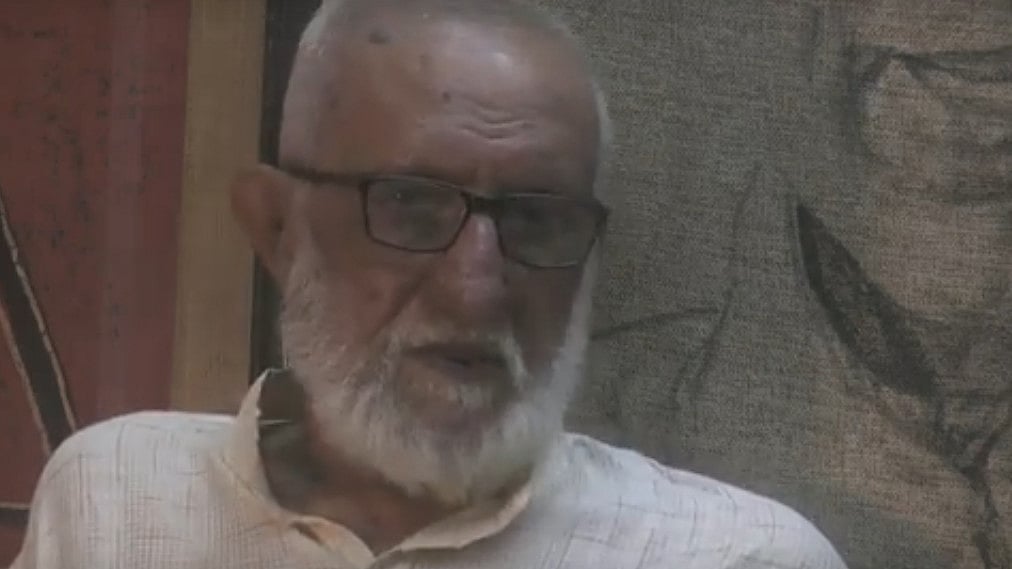Everyone is eagerly awaiting a safe and sustainable economic recovery. The strict, prolonged lockdown to arrest the spread of the Covid-19 pandemic also resulted in an economic upheaval, affecting people’s earnings and employment. 2020 is expected to be annus horribilis, affecting the entire economy across sectors, with domestic consumption, government expenditure and private investment — all turning lacklustre.
The manufacturing sector -- contributing 16 per cent to India’s GDP and providing employment to as many as 120 million people -- has suffered the most in these Covid times. The long-suffering real estate sector, which contributes 4.3 per cent to the GDP and employs 52 million people, got a mammoth shakedown. Buyers have turned their attention for readymade homes, as they fear builders won’t be able to finish new projects. Putting such sectors back on their feet will require well-studied reset policies and meaningful incentives.
However, a few bright spots have also emerged. E-commerce, covering practically all products and services (employing 1.2 million and contributing 1 per cent to the GDP) is booming. As the lockdown has paralysed traditional retail, e-commerce has taken off, expecting to grow to $100 billion by 2024. In e-commerce, e-learning and e-healthcare are flourishing, as people are hesitant to step outside. India has become the second-largest market for e-learning, next to the US. E-commerce, including ed-tech, health-tech, fin-tech and ag-tech are poised to grow even more.
As regards economic revival, a number of recovery patterns are being predicted -- a V-shaped (sharp recovery), an L (prolonged stagnation), a U (gradual recovery), W (rollercoaster recovery) and a K (some sectors rising and others falling). A V-shaped recovery would be the best. This would require many decisive reforms, including time-bound, effective implementation of recent agriculture, labour and disinvestment reforms. Predicting a definite pattern of recovery seems difficult, as many uncertainties prevail -- like how soon will an effective vaccine be discovered, how long will its effect last, how long the pandemic will last and the lurking fear of the occurrence of a second and third wave of coronavirus will always remain. A sustainable recovery will also depend on responsible government policies-cum-interventions taking place. More so, when the growing gap between the government’s intentions and outcomes over the years is only too evident.
India has to redouble its efforts to contain the pandemic and enhancing non-pharmaceutical interventions — wearing masks correctly, physical distancing, avoiding large gatherings, extensive testing and contact tracing — along with boosting public health infrastructure.
Economist Swaminathan Aiyar opines that “stringent lockdown and conservative fiscal policy were mistakes. It is time to reverse both”. Some other veterans are of the view that fiscal relaxation would not be in the country’s interest. On the other hand, as the RBI has already taken plethora of measures to ease monetary policy, fiscal relaxation seems the only option. However, fiscal relaxation has to be accompanied by adhering to governance and regulatory norms in the right spirit. Doubts arise when one reads -- 'CAG slamming the government’s strategic sale of one PSU to another' and 'CAG audit finds Central government wrongly retaining near Rs 48,000 crore of GST compensation cess meant for states'. Fiscal transparency is essential. Concerns raised by the CAG must be addressed. There is no point pouring reforms into a leaky bucket. The promises of netas, babus and new laws, however well-meant, imply nothing. What matters is implementation on the ground.
A confusing economic scenario is emerging. The economy showed manufacturing and services gradually improving, even with virus cases multiplying across the country. Agriculture has proved to be a bright spot. Still a strong rebound is not seen because of a number of disruptions taking place. Rising inflation and growth contraction are presenting a stern test for authorities. Many economists and institutions have been downgrading their growth forecasts for the year.
Reforms for select sectors need to be reworked. Though authorities have initiated the required second generation of economic reforms, a sustainable V-shaped recovery is not likely soon, as not only will a prolonged pandemic will result in economic slowdown but also, structural reforms that are being and will be undertaken along with regulatory changes by the SEBI and the RBI, accompanied by fierce competition in some sectors, are bound to accentuate the slowdown impact. India has to also fix its banks before it is too late. Raghuram Rajan and Viral Acharya, former RBI governor and deputy governors respectively, have recommended wide-ranging reforms for the banking sector. Policymakers also need to boost regional cooperation, with a view to strengthen the country’s preparedness for future pandemics or similar disasters.
The timing of a V-shaped recovery depends on a variety of factors. When will an effective vaccine be discovered? Experts say producing a viable vaccine could take 10-15 years, after factoring in the results of an optimum sample of clinical trials. Clinical trials for various vaccine candidates are underway and the world hopes that their adverse reactions will be few and unrelated.
Though the Government’s role has increased, a retreat in favour of private participation jointly working with the Government, with full trust in key sectors, may be the key. Consensus predicts the likelihood of a U-shaped recovery, with an elongated base. In fact, until an effective vaccine with no major side effects is discovered, and decisive critical and green economic reforms are undertaken and implemented, nothing can be said about when a sustainable economic recovery will take place. However, for certain, a V-shaped recovery is unlikely.
The writer is an economist and former director of the Economic Research & Training Foundation.









